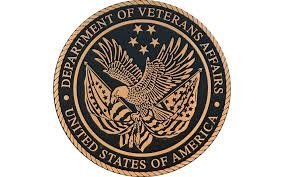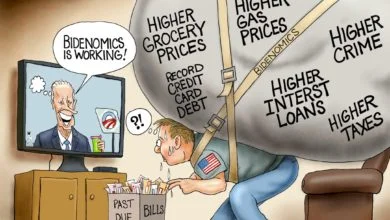The Fed’s Shockingly Irresponsible Interest Rate Pause
Once again, the Fed’s lack of action will cause inflation to linger.
For the second consecutive meeting, the Federal Reserve has decided to hold interest rates constant. Just as it did in 2021, the Fed’s monetary policy is shockingly irresponsible.
Despite inflation increasing from 3% to 3.7% from June to September, the Fed reasoned that interest rates were high enough. Some in the investment community believed the Fed might lower interest rates. That would have been more than shockingly irresponsible.
__________
Already, inflation is becoming embedded in the economy, mostly because the Fed eased up far too soon.
__________
In 2021, the Fed completely ignored the primary goal of monetary policy: price stability. While the economy was growing at a 6% annual rate and federal government spending was on its way to the second consecutive $3 trillion deficit, the Fed continued its expansionary policy.
Interest rates were kept near zero for the entire year and halfway through the following year. The money supply grew at an exceptionally high rate mostly because the Fed was purchasing $120 billion of government bonds monthly. This led to the inflation we have experienced since early 2021.
Finally, in June 2022, the Fed remembered that price stability was its primary goal. It began to aggressively raise interest at each meeting. But by year-end, it slowed the interest rate increases. By September of this year, it paused the interest rate hikes.
The pause was a big mistake in September and an even bigger mistake now.
The Federal Funds Rate is currently in the 5.25% to 5.50% range. That is not high enough to take the excess demand out of the economy. Economic growth was nearly 5% last quarter. Consumer credit card debt now exceeds $1 trillion. Despite the seemingly high interest rates, consumers are still over-using their credit cards.
It appears that the Fed Funds Rate will have to reach at least 6% to get inflation down to the 2% target the Fed seeks. The sooner rates get to 6%, the better for the economy. Already, inflation is becoming embedded in the economy, mostly because the Fed eased up far too soon.
The high inflation coupled with high nominal corporate profits have resulted in labor seeking huge wage and benefit increases. As expected, now that the United Auto Workers has settled for what amounts to a 7% annual wage increase, other workers are using that 7% figure as the basis for their wage increase.
The UAW has a contract that provides this generous increase for each of the next four years. That means the 7% number may become the standard for the next four years. Unless worker productivity increases by 7% annually (the average is usually 2%), labor costs will increase for manufacturers.
Worse, the huge increase gives consumers much more money to spend. That will create more excess demand and more inflation. That has already led to a wage-price spiral that is extremely difficult to end.
The Fed must get more aggressive with interest rate increases. The interest rates must increase by at least another 75 basis points. Failure to take this responsible action will continue to feed the inflation problem.
The Fed fears that raising interest rates more will slow economic activity and lead to a recession. And that is possible. Perhaps it is even likely. But the longer the Fed waits to raise interest rates, the steeper the recession will be when it does come.
Recall in the last half of the 1970s, the Fed took the same view and kept the Fed Funds rate near 5%. Inflation then soared to 13.5% by 1980. That led to the Fed raising interest rates to double-digit levels. A very severe recession followed, and the unemployment rate soared to over 10%.
It is time for the Fed to set a responsible monetary policy.
Agree/Disagree with the author(s)? Let them know in the comments below and be heard by 10’s of thousands of CDN readers each day!




